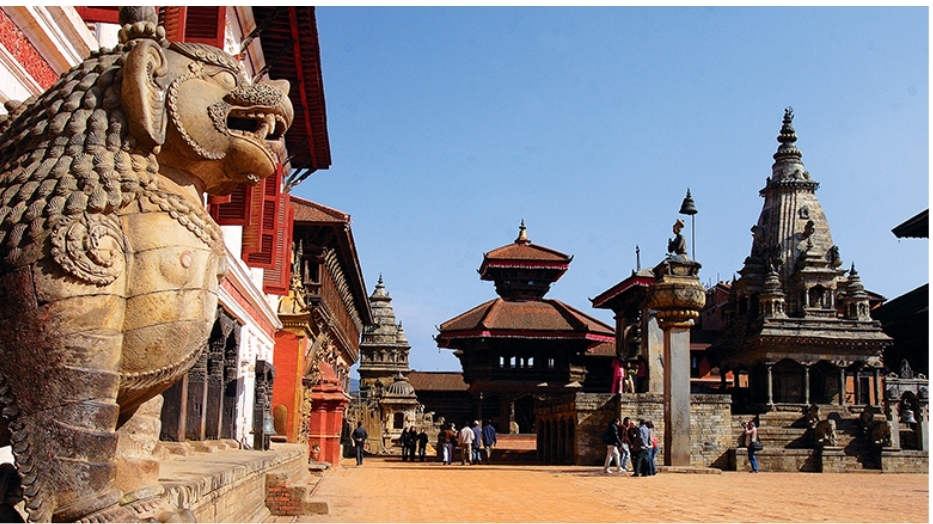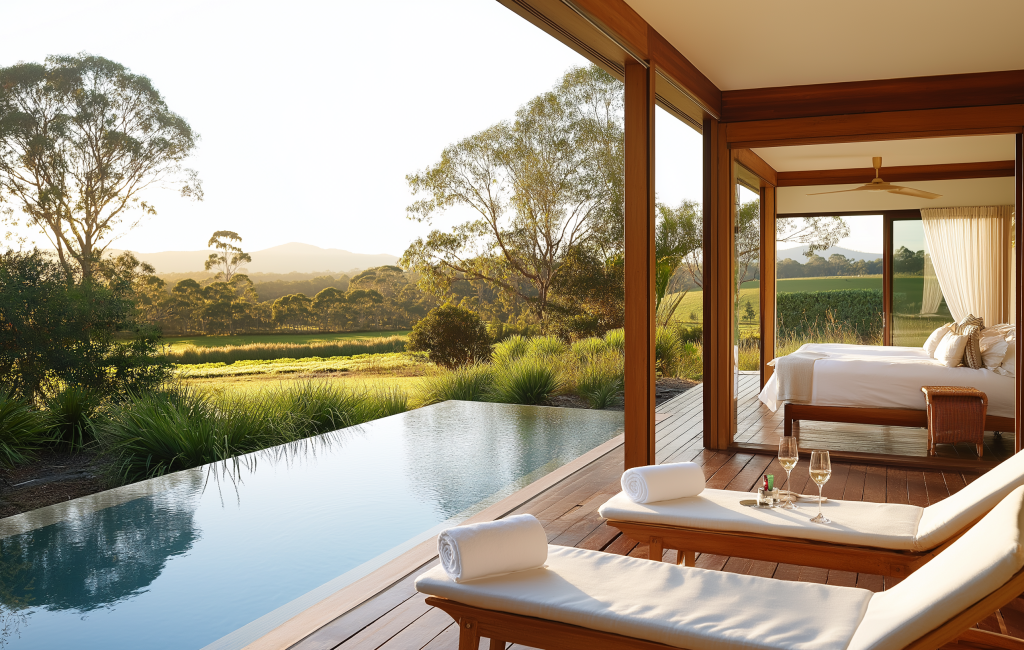Nepal, a nation most renowned for its majestic Himalayas and trekking experiences, is home to equally stunning cities treasures that narrate stories of old kingdoms, religious devotion, and a rich cultural past. The mysteries of Nepal’s intriguing urban environments may be revealed to tourists through well planned city tour in Nepal.
Kathmandu: The Cultural Canvas
The old alleyways of Kathmandu are the beating heart of Nepal. The Kathmandu Durbar Square Heritage Walk, the city’s most famous tour, takes tourists back through centuries of Nepalese history. Magnificent Newari architecture may be seen at this UNESCO World Heritage site, whose ancient palaces are decorated with finely carved wooden windows and doors.
The chance to see the living goddess Kumari occasionally come from her elaborate home is a highlight of any trip to Kathmandu. An outdoor museum of religious architecture is created by the nearby temples, each of which is a masterwork of Nepalese craftsmanship.
Pokhara: Nature Meets Urban Charm
Pokhara, tucked down under the Annapurna range, provides a singular fusion of urban adventure and scenic beauty. A tranquil introduction to Nepal’s second-largest city may be had by taking one of the lakeside trips that round Phewa Lake. The magical Tal Barahi Temple, which appears to float on the lake’s surface, may be visited in addition to boat tours.
Pokhara’s true heart may be seen on the Old Bazaar tour, where traditional crafters and vendors continue centuries-old customs in winding lanes. High above the city, the Peace Pagoda provides sweeping views of the Himalayan splendor and urban sprawl.
Lumbini: Birthplace of Buddha
The birthplace of Lord Buddha, Lumbini, provides a rich historical and spiritual experience. The ancient Maya Devi Temple and the historic marker stone identifying the birthplace of Buddha are located in the Sacred Garden, where Queen Maya Devi gave birth to Siddhartha Gautama. This location is recognized as a UNESCO World Heritage site. Inscriptions atop the Ashoka Pillar, which was built by Emperor Ashoka in 249 BC, attest to the hallowed location.
Modern Lumbini has evolved into an international Buddhist center, with monasteries built by various nations showcasing diverse Buddhist architectural styles. The Lumbini Museum and the World Peace Pagoda offer deeper insights into Buddhist history and philosophy.
Visitors can take guided tours through:
- The Monastic Zone, featuring distinctive temples from different Buddhist nations
- The Central Canal, which separates the sacred garden from the monastic zone
- The Crane Sanctuary, home to numerous species of birds
- The Myanmar Golden Temple, known for its stunning architecture
Chitwan: Urban Gateway to Wildlife Adventures
While Chitwan National Park is famous for its wildlife, the city of Sauraha serves as an excellent base for various activities:
Wildlife and Nature Activities:
- Jeep safaris through the national park to spot rhinoceros, tigers, and various deer species
- Guided jungle walks with experienced naturalists
- Canoe rides on the Rapti River to observe crocodiles and aquatic birds
- Elephant observation tours at the breeding center
- Bird watching tours featuring over 550 species
Cultural Experiences:
- Tharu village tours to learn about indigenous culture
- Traditional Tharu dance performances in the evening
- Local cooking classes featuring authentic Tharu cuisine
- Sunset tours along the Rapti River
- Agricultural tours of local organic farms
Bhaktapur: The Living Medieval City
Bhaktapur, also referred to as the “City of Devotees,” has Nepal’s best-preserved old urban environment. Every stone and piece of wood has a tale in this city that has been preserved over the ages, as revealed via walking tours. While the five-story Nyatapola Temple is a tribute to ancient technical brilliance, the well-known Potter’s Square still features traditional ceramic craftsmanship.
Local guides share insights into the spiritual significance of various shrines and demonstrate how ancient customs seamlessly blend with modern life. The city’s famous wood carvings and traditional masks provide windows into Nepal’s artistic heritage.
Patan: The Artisan’s Haven
Patan’s remarkable array of Buddhist and Hindu temples makes it a city that lives up to its moniker, Lalitpur (City of Beauty). Visitors may see beautiful metalwork and religious creativity on the city’s Golden Temple tour. Patan’s live legacy of workmanship is what makes it unique; tourists may observe skilled craftspeople producing traditional Thangka paintings, sacred sculptures, and complex metalwork.
Planning Your Urban Adventure
Exploring Nepal’s urban treasures offers a unique glimpse into the country’s rich history, culture, and vibrant city life. And for those needing a secure place to store their travel gear or valuables before their next adventure, self storage units Burleson provide a reliable and convenient solution to keep everything safe and accessible.
For the optimal city tour experience in Nepal, consider these essential tips:
- Timing is crucial – the dry season from October to April offers the most comfortable weather for urban exploration.
- Most tours can be customized to specific interests, whether architectural, religious, or cultural.
- Early morning tours help avoid both crowds and the midday heat.
- Local guides provide invaluable insights into cultural nuances and historical context.
Conservation and Responsible Tourism
Many of Nepal’s urban sites still bear scars from the 2015 earthquake, and ongoing restoration work serves as a reminder of the importance of cultural preservation. Responsible tourism plays a vital role in supporting these efforts, with portions of tour fees often contributing to conservation projects.
Conclusion
Nepal’s city tours offer more than mere sightseeing – they provide immersive journeys through living history, where ancient traditions continue to thrive in the modern world. From the spiritual significance of Lumbini to the wildlife adventures of Chitwan, and from exploring Kathmandu’s royal heritage to experiencing Patan’s artistic legacy, urban explorers will find Nepal’s cities as enchanting as its famous mountains.
From the incense-filled temples to the bustling market squares, these urban adventures reveal the cultural heart of Nepal, making city tours an essential component of any comprehensive Nepalese travel experience.
Keep an eye for more news & updates on Bangkok Tribune!



